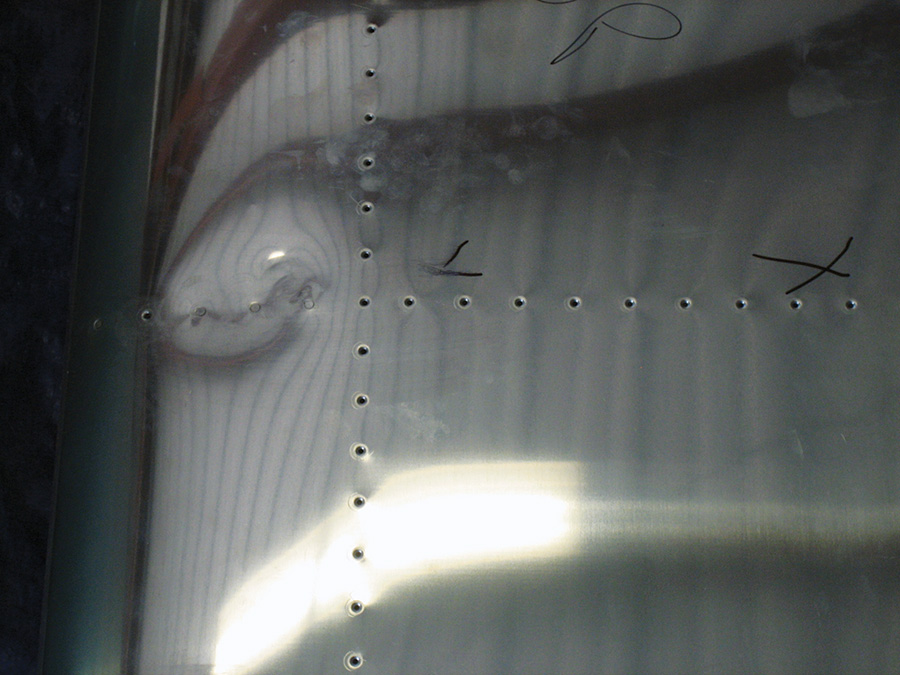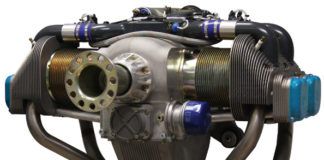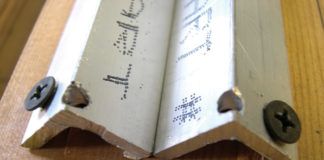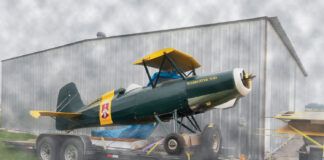I love the Internet. Without the Internet, I believe it would have been almost impossible for me to build my homebuilt project. I may be a new guy to homebuilt airplanes, but I programmed on punched cards and knew the Internet when it was called ARPANET and BITNET, so I know if an answer to a question is known on the planet, you will probably find it on the Internet. The problem with the Internet is that for every right answer you find, you will often find many wrong answers. In the case of Experimental aircraft, there are many listserves, discussion groups, web sites, blogs, and FAQ sites that are just waiting to help you. There is no shortage of free advice. Some of that advice is vital, some is thought provoking, and some of it is dangerous.
So, how do you separate the wheat from the chaff? Well, there is no real easy way to discover good from bad, but there are a few tips you can use to move through the morass. Here are some tips for finding better homebuilding advice on the Internet:
1. Be cautious of any advice that starts with “He says…”, “They say…”, “The experts say…” or “My cousin Bob says…” Second-hand advice is like second-hand smoke.
2. Don’t keep searching for an answer you already want to hear. If you look long enough, you will probably find it, even if it is the wrong answer. Read and understand both sides of the issue.
3. Consider answers from someone with a completed project that is flying to have more weight.
4. When you see two sides to an issue discussed, ask: “Would Cessna do that?” If Cessna would do it, I would probably add weight to that side of the discussion. But remember, just because Cessna would not do something doesn’t make it a bad idea. Cessna does not build Experimental aircraft for sale.
5. When conflicting opinions occur, the factory kit manufacturer is always right.
6. Be very cautious about issues that involve safety of flight. The Internet is full of dangerous advice. Pay attention to the kit manufacturer, EAA tech counselors, or AP/IA professionals. Using an LED flashlight or two for landing lights is different than not putting in factory-designed parts to save weight.
7. Pay attention when different opinions arise from superstitious behavior or old wives’ tales (OWT). Remember, bloodletting was used to cure disease for over 2,000 years.
8. Listen to people who have the most skin in the game such as people with flying projects, folks who make parts for sale, the factory that sells the kit, or EAA tech counselors who have their professional reputation on the line.
9. When asking for advice on a problem, be sure to carefully and fully describe the problem. Include pictures whenever possible.
10. Finally, remember that the Internet may not always have the best answer. A visit to a project or a person visiting your project may be the best solution. Of course, an email with pictures to the factory is always a good idea.

![]()
David Boeshaar is a systems analyst for corporate Disney. A former mechanic, teacher, and computer help desk guru at a major university, he is now building a Van’s RV-9A for fun with his brother-in-law. As the new guy in aviation, Dave has learned lots, both good and expensive, and hopes to pass along a little help to the builders coming up behind him.






